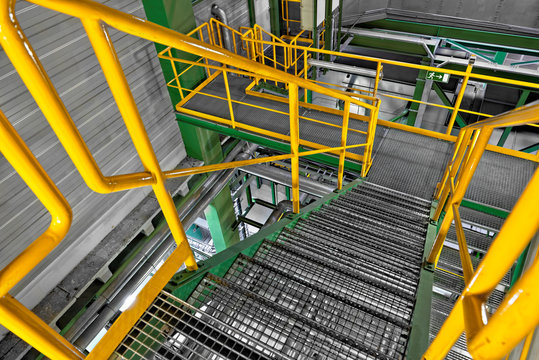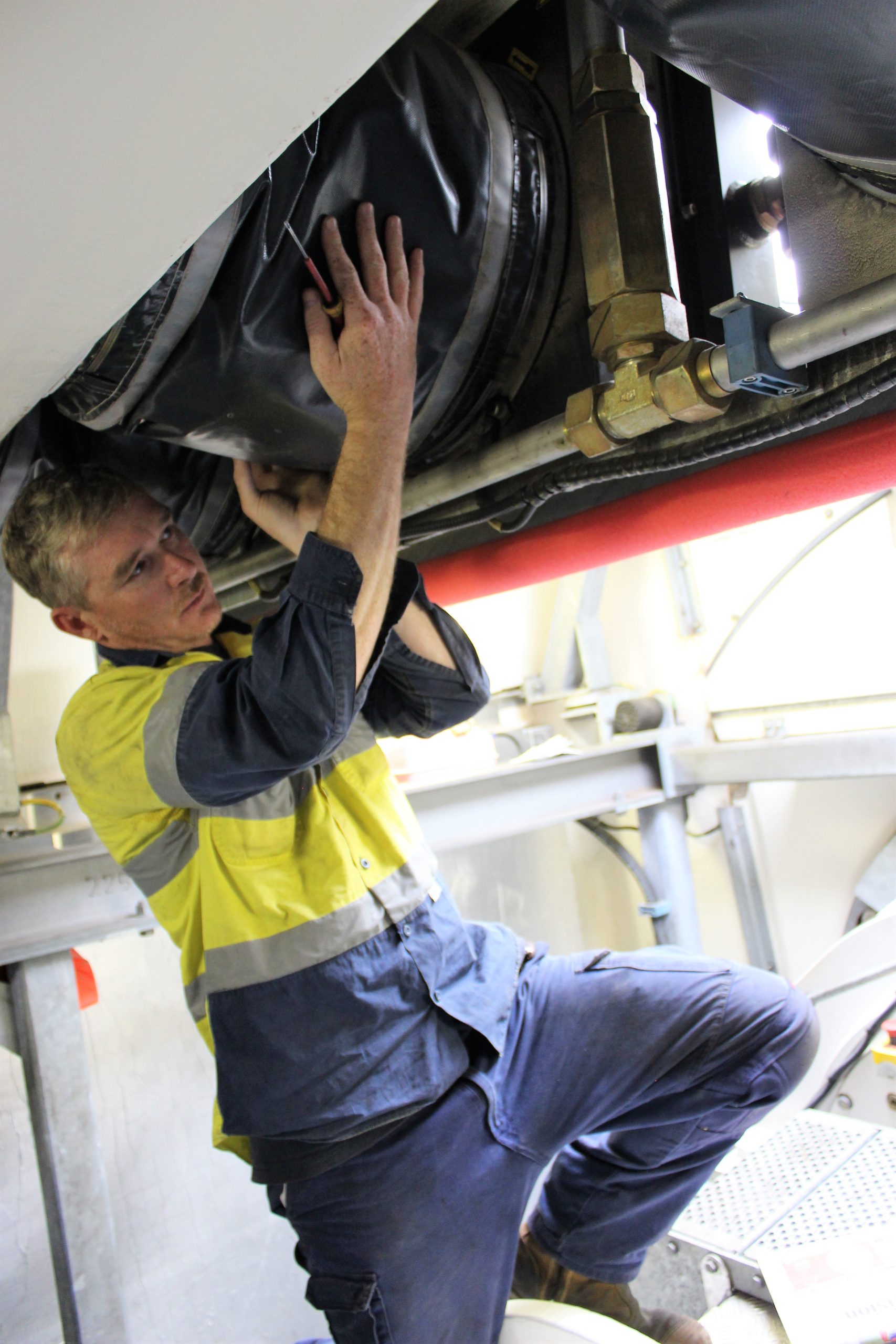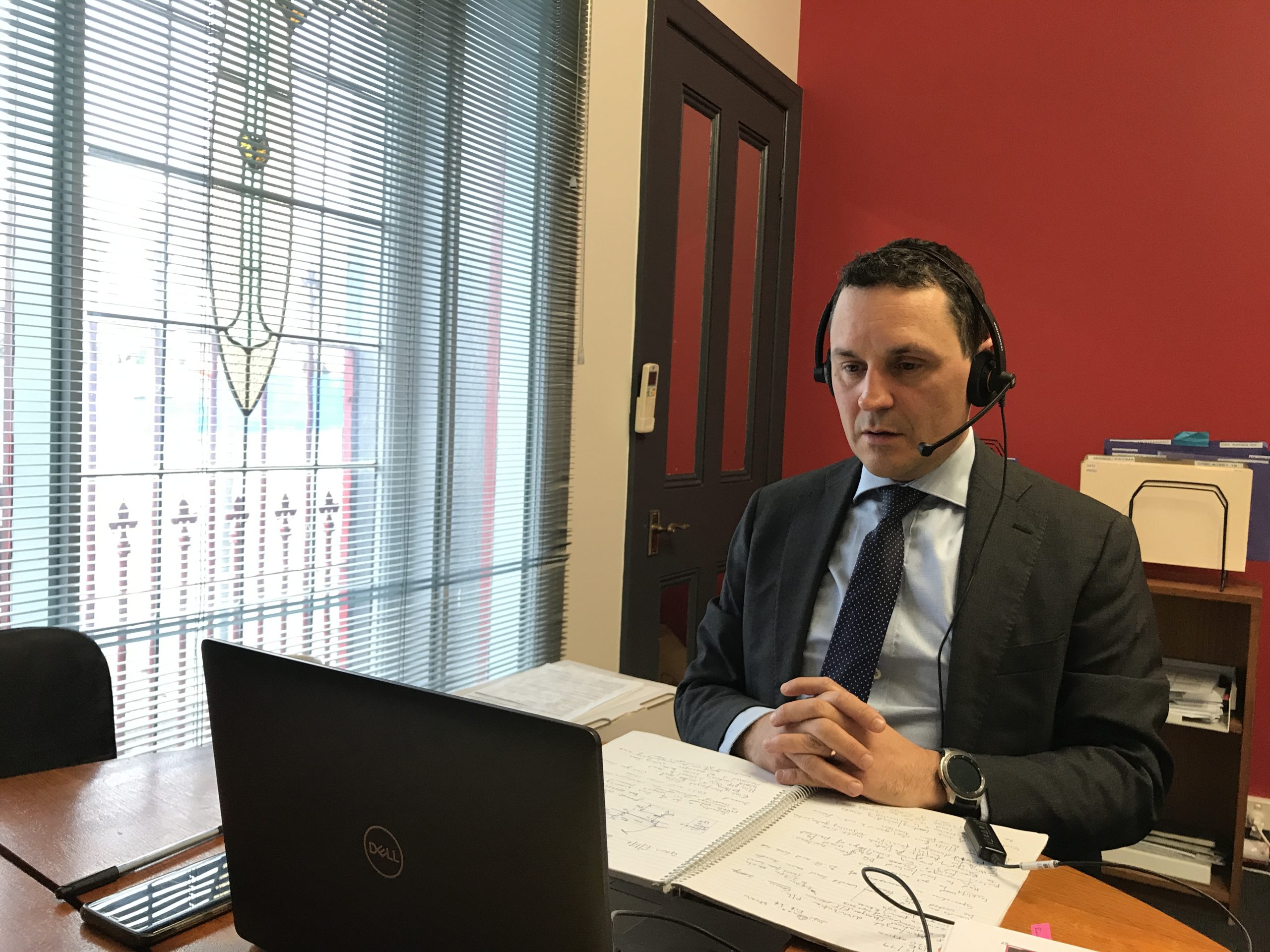
Back
- About About
- Ergonomics Advice Ergonomics Advice
- Expert Opinion Expert Opinion
- Resources Resources
- Contact Contact
Search details of 6,000+ cases we have examined
Searchable listContact us to discuss your case
Enquire Now

It’s a sad fact of life that accidents and injuries happen. These can happen at workplaces, public or private spaces. When a case involving such incidents goes to Court, you need to know you have the most reliable and experienced experts available.
Since 1977, Dohrmann Consulting have been forensically investigating accidents and injuries to assess liability. Our qualified Engineers and Ergonomists provide over 500 expert reports per year, providing opinion on the circumstances of these accidents and regularly give evidence in court. Our reports are thorough and peer-reviewed so they stand up to the scrutiny of the Court and our clients keep coming back because they know they can trust our expertise.
We serve both Defendant and Plaintiff clients, remaining objective and independent at all times. Our experts do not take sides and perform with grace and competency under cross-examination providing independent and expert analysis and opinion.


Our consultants are true experts, since they also routinely complete safety-improvement projects on behalf of a broad range of employers. Here, we ensure risks are managed and safety and compliance requirements are met. This complementary work keeps our knowledge and experience current, so when we give expert opinion, you can trust it is up to date and will withstand the closest scrutiny.


We offer solicitors obligation-free preliminary liability advice. These will help you identify strengths and weaknesses in your personal injury case before investing in a report. Your case will be reviewed by several of our experts, ensuring it will be covered from every angle. To request free advice, simply complete the form below. We only need the essential information from you.


We offer flexible payment terms. We understand that cases sometimes take a long time to settle, or settle for less than anticipated, so we’ll work with you to ensure the best possible payment arrangement for each individual case.
For more information on how Dohrmann Consulting can help you with your engineering, ergonomics or safety-related cases across Australia, please contact us.
